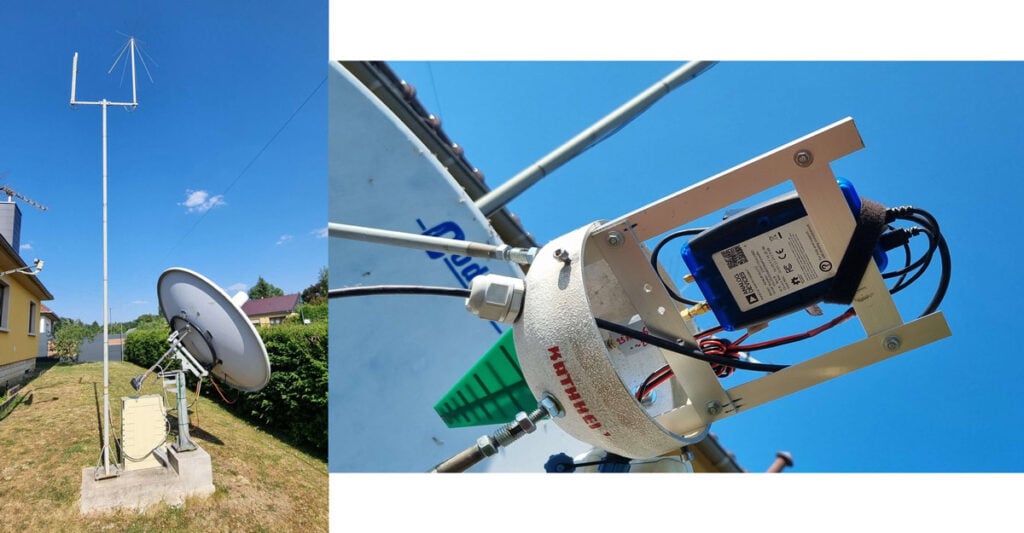Saveitforparts: Building an L-Band Satellite Antenna out of an Umbrella
Over on his YouTube channel "saveitforparts" has uploaded a video where he uses an umbrella, pin tin and tin foil tape to create a simple dish antenna for receiving GOES, NOAA and METEOR HRPT satellites.
The full build consists of an umbrella covered in tin foil tape, a helical wire feed on a pie tin, a filtered LNA, an RTL-SDR and an Android phone running SDR++. While he did have initial success at receiving, he soon decided to swap out the helical wire feed for a PCB linear feed instead which worked much better as helical feeds can be very difficult to get right.
Through the video saveitforparts goes over the failures he had, in the end noting that it's not a great antenna, but it's something that can be used in a pinch.
We've also seen the umbrella satellite dish used a few times in the past, where here it was used for NOAA APT reception, and here for Hydrogen Line radio astronomy.
We also want to remind readers that we are currently Crowd Funding for our Discovery Dish, which will be a low cost way to get into L-band satellite reception.
